Whether you’ve come here searching for a comprehensive Tohoku travel itinerary, or are simply seeking general information about Japan’s exciting northeastern region, you’re in the right place. I’m excited to share anecdotes and advice about my various Tohoku trips with you, and to get you as excited about this underrated part of Japan as I’ve always been.
Likewise, the paragraphs that follow aren’t specific to any one season, even if many of my photos depict Tohoku winter travel. As is the case for most other destinations in Japan, Tohoku is nothing if not a place you can enjoy 365 days per year.
Without further ado, let’s dive into the amazing region that is Tohoku, Japan, in all its cultural and natural glory. I have a feeling you’ll soon be booking flights! (Assuming you haven’t done so already.)
Where to Stay in Tohoku
You’ve probably gleaned from my various Tohoku travel blog posts that I’m ambivalent about certain Tohoku hotels. This is especially true in cities. From Morioka’s Art Hotel to the Almont Hotel in Sendai, it’s very difficult to distinguish urban accommodation in one Tohoku city from another. (Note that this is not necessarily a problem: All are high-quality and fairly priced, to say nothing of how large rooms tend to be by Japanese standards.)
On the other hand, if your Tohoku travel itinerary takes you to more rural places, I think you’ll be pleasantly surprised by how special your sleeping quarters will be. At least if you aren’t on much of a budget. Whether you choose Shouan in Miyagi prefecture’s scenic Matsushima Bay, or Meigetsuso in the wooded hills of Yamagata prefecture, it’s not an exaggeration to say that Tohoku’s best hotels can costs you tens of thousands of yen per night!
Popular Places to Visit in Tohoku
Miyagi
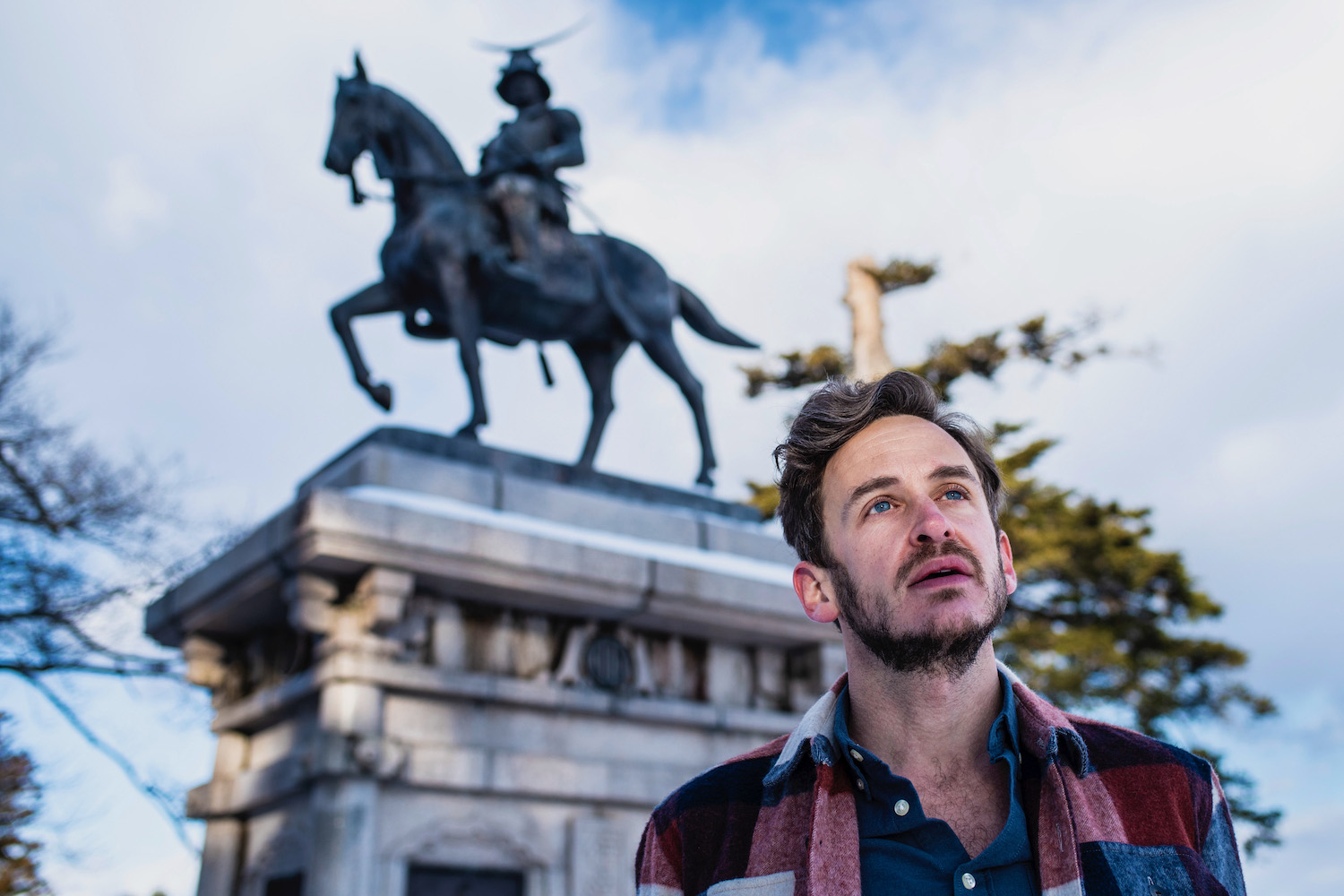
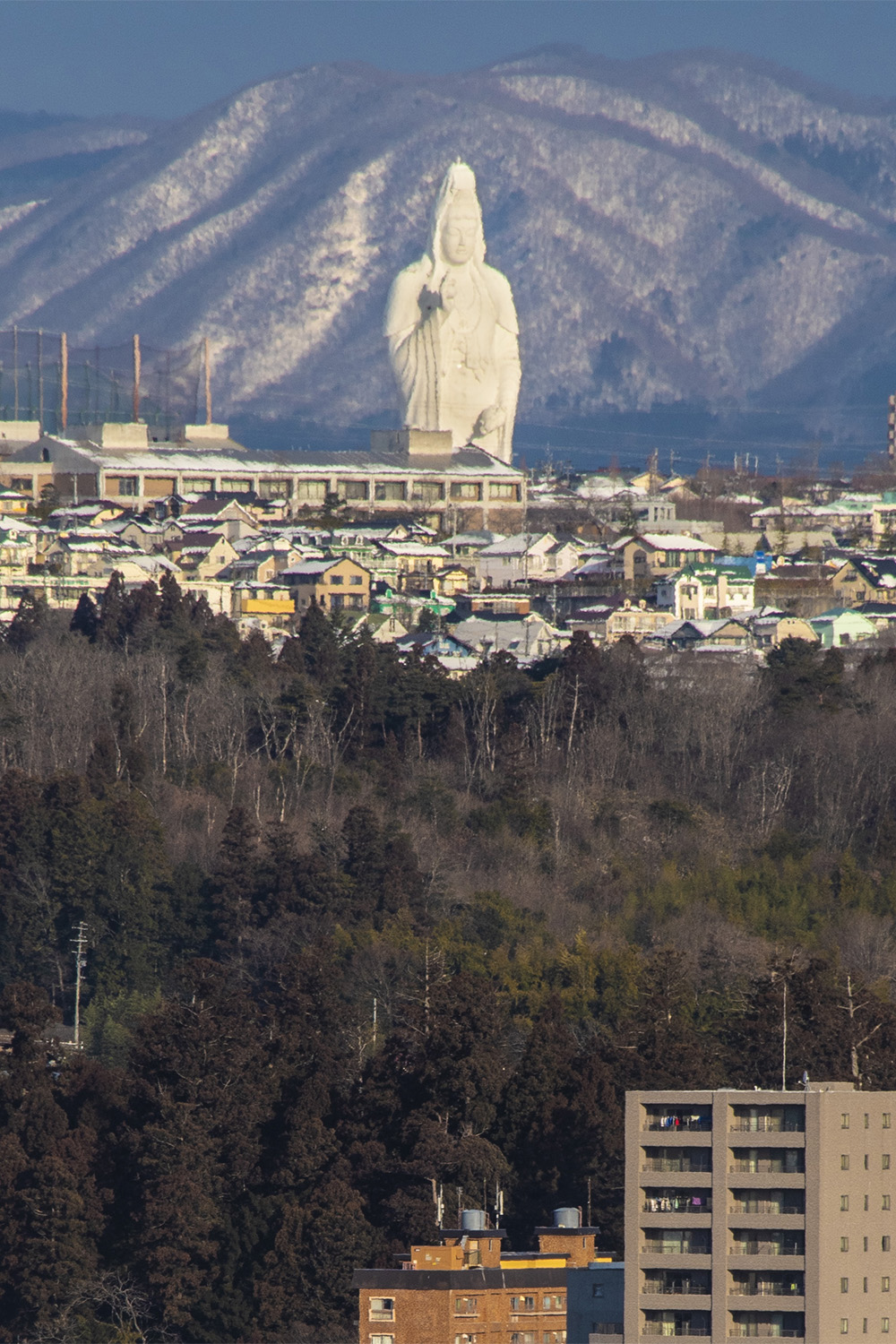
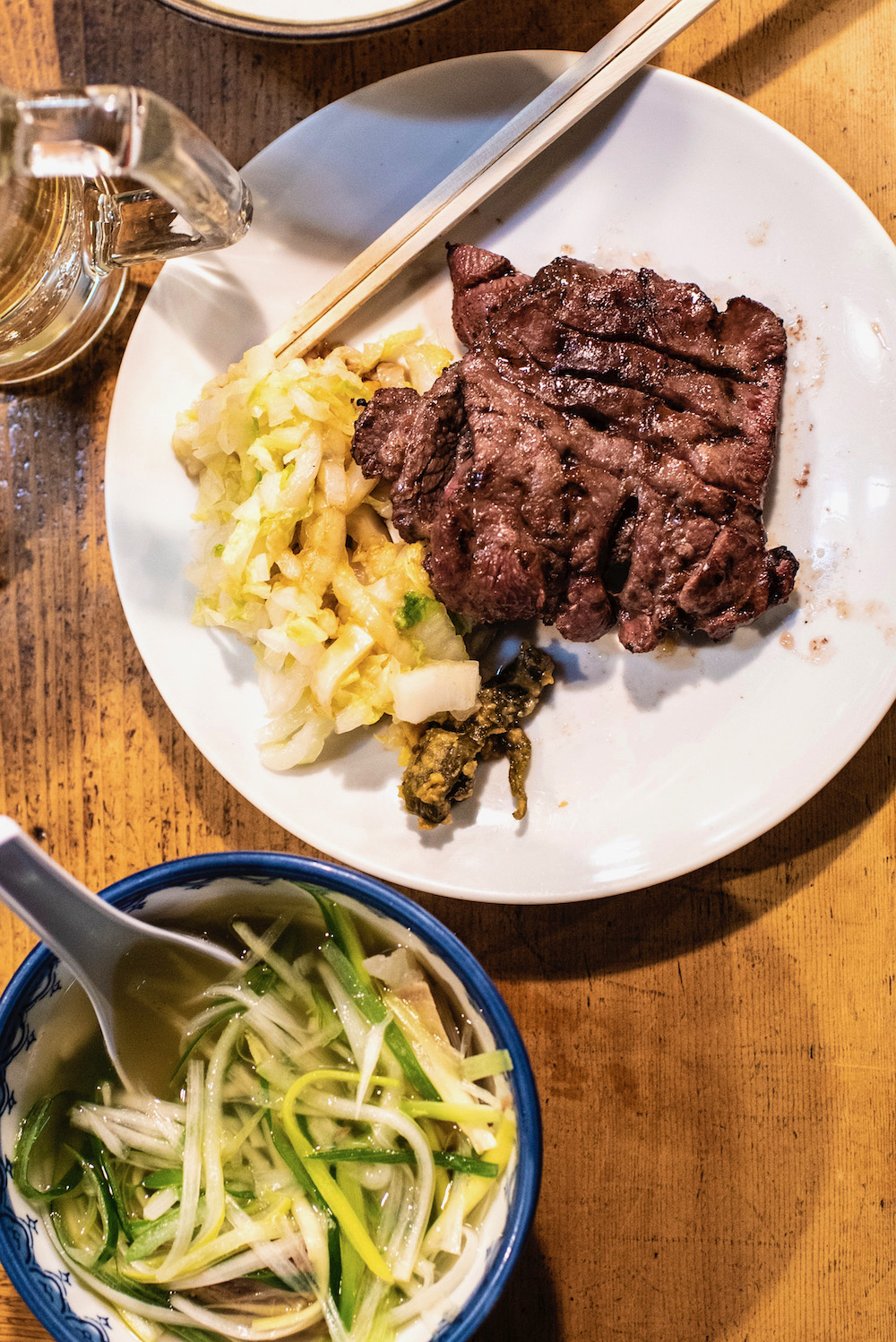

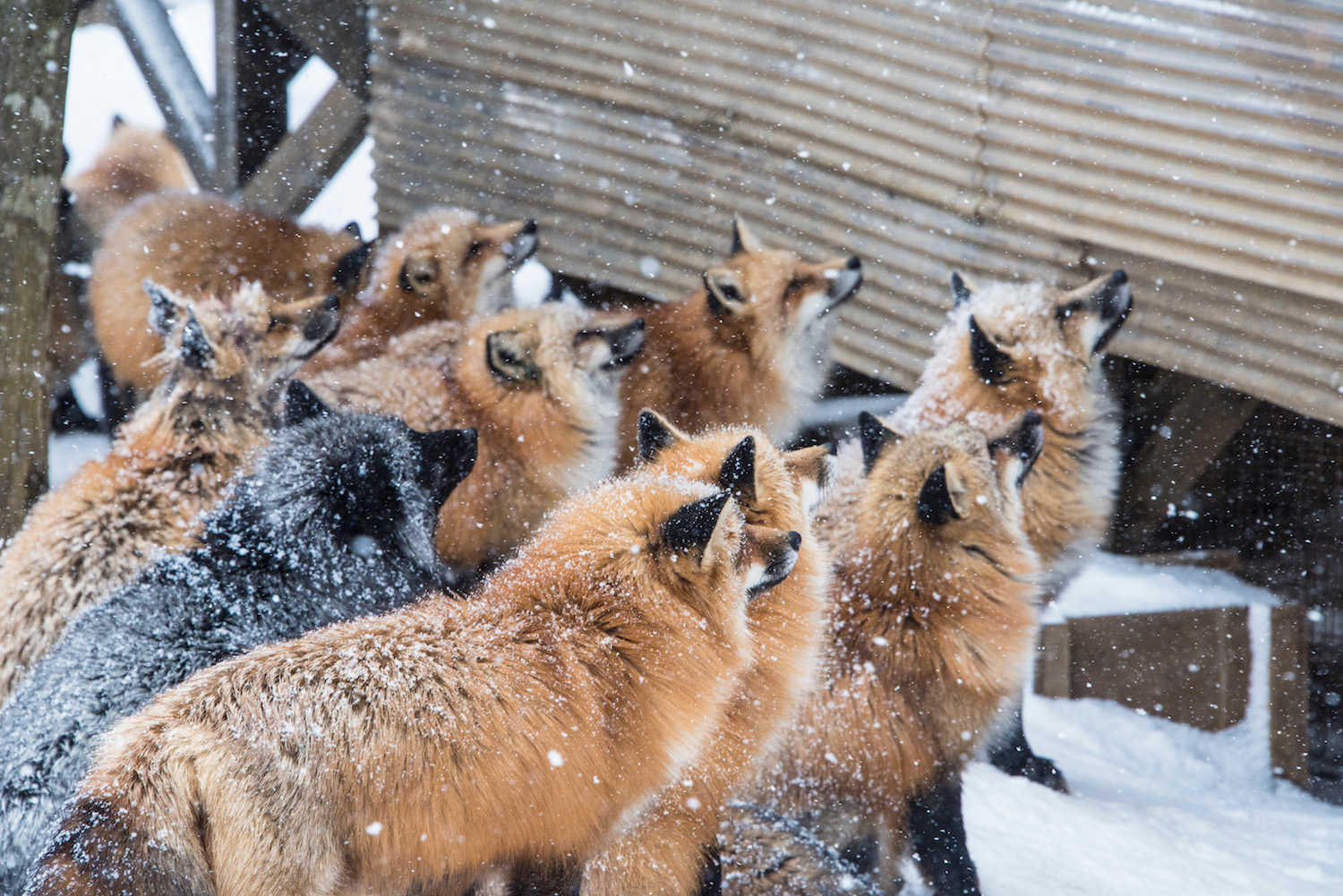
Sendai is the largest city in Tohoku, and one of the most commonly visited, but I didn’t appreciate it for a long while. I’m glad I changed my tune. From city center attractions like Zuihoden Temple and the Aoba Castle Ruins, to day trips to wondrous spots like Matsushima Bay, Sendai far exceed anything you’re expecting from a visit there. Miyagi is also the prefecture where you find the internet-famous Zao Fox Village, although I’ll be frank: I wouldn’t really recommend you visit here.
Aomori
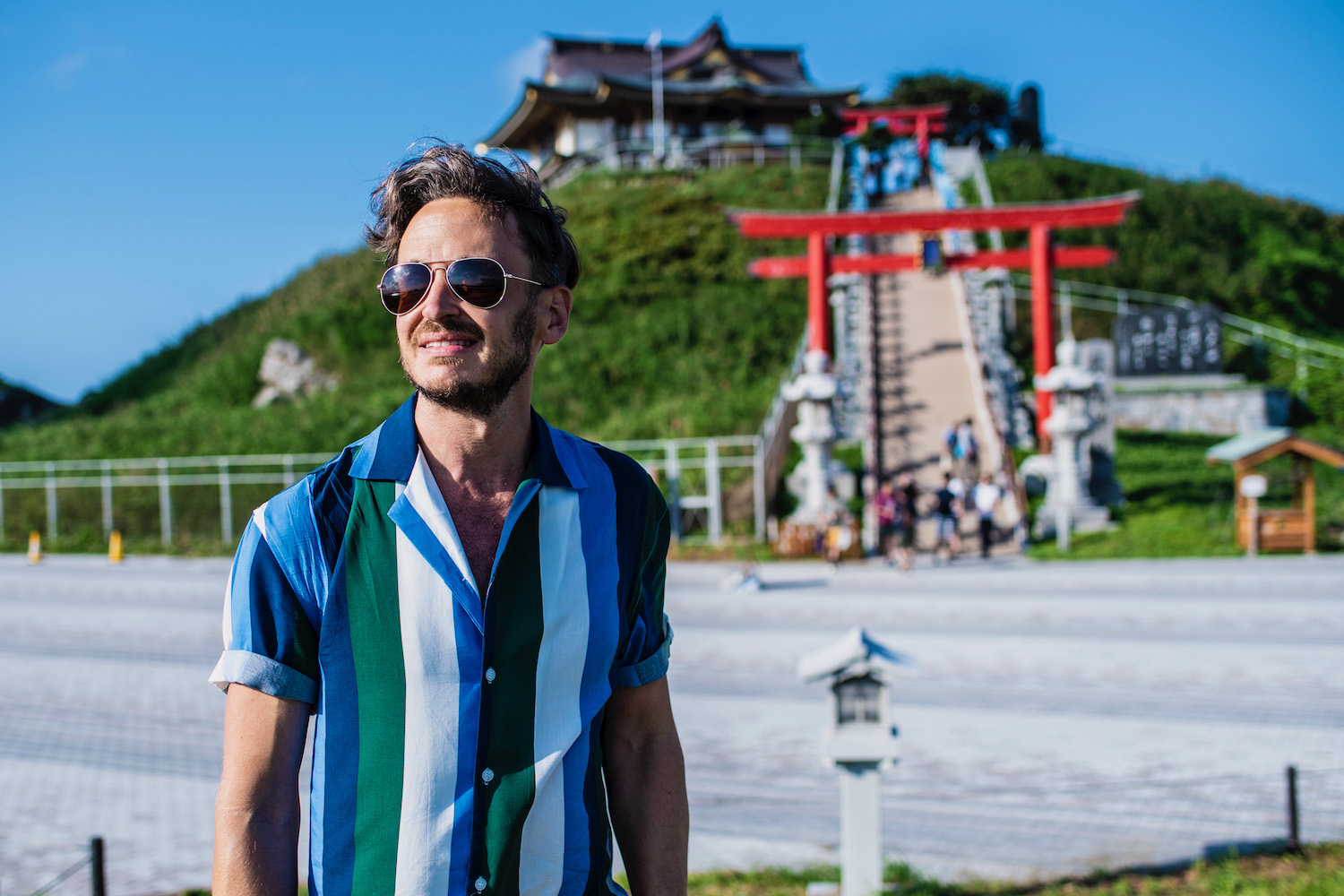

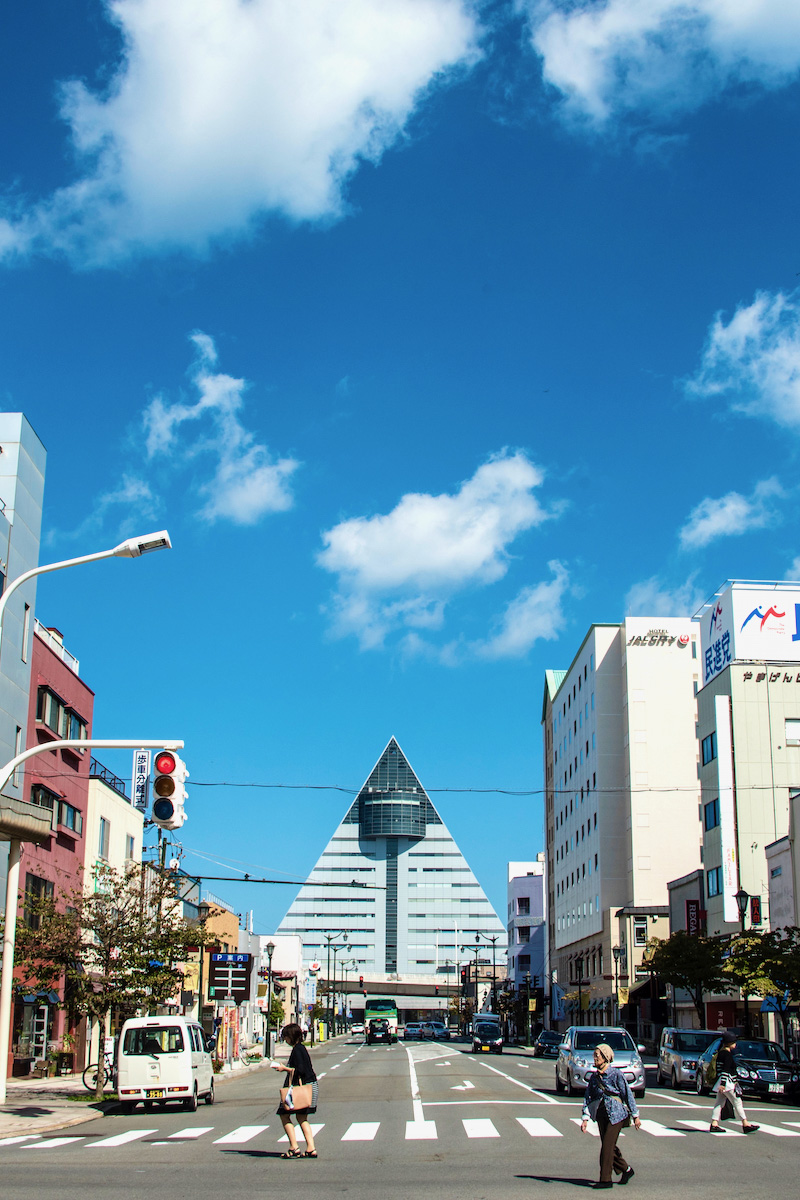
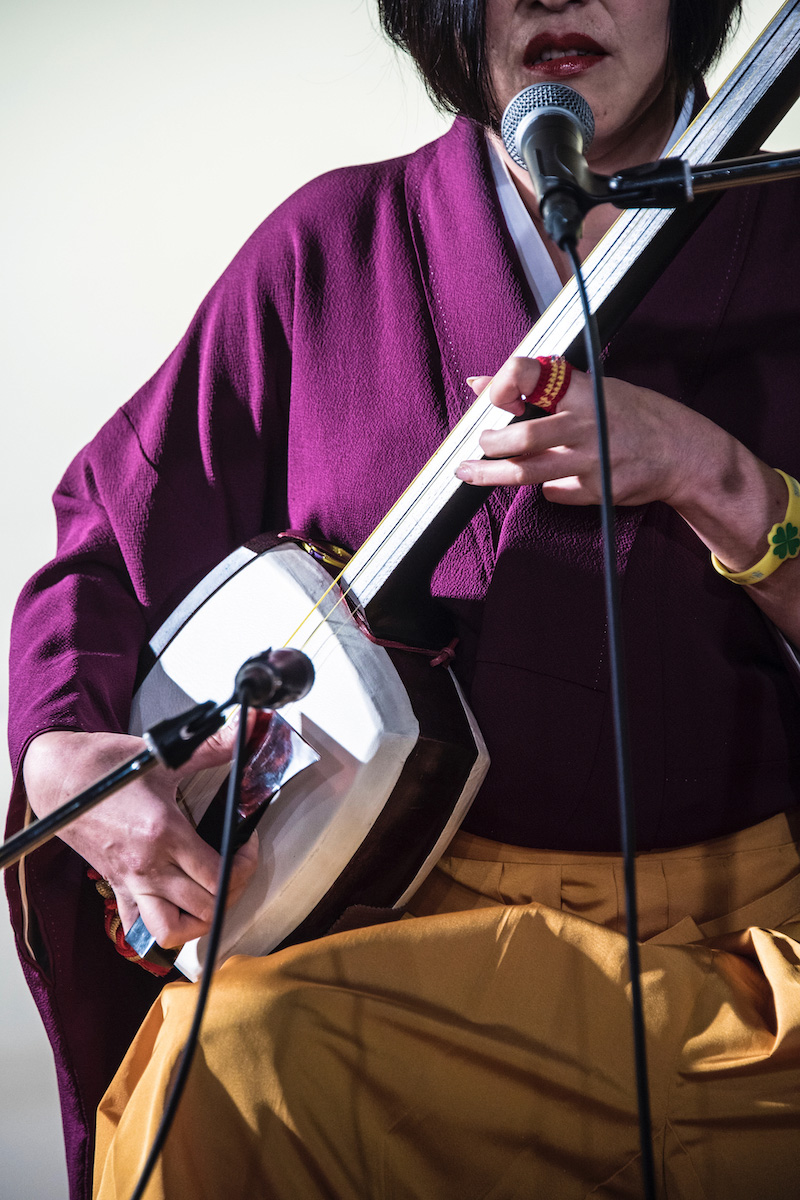
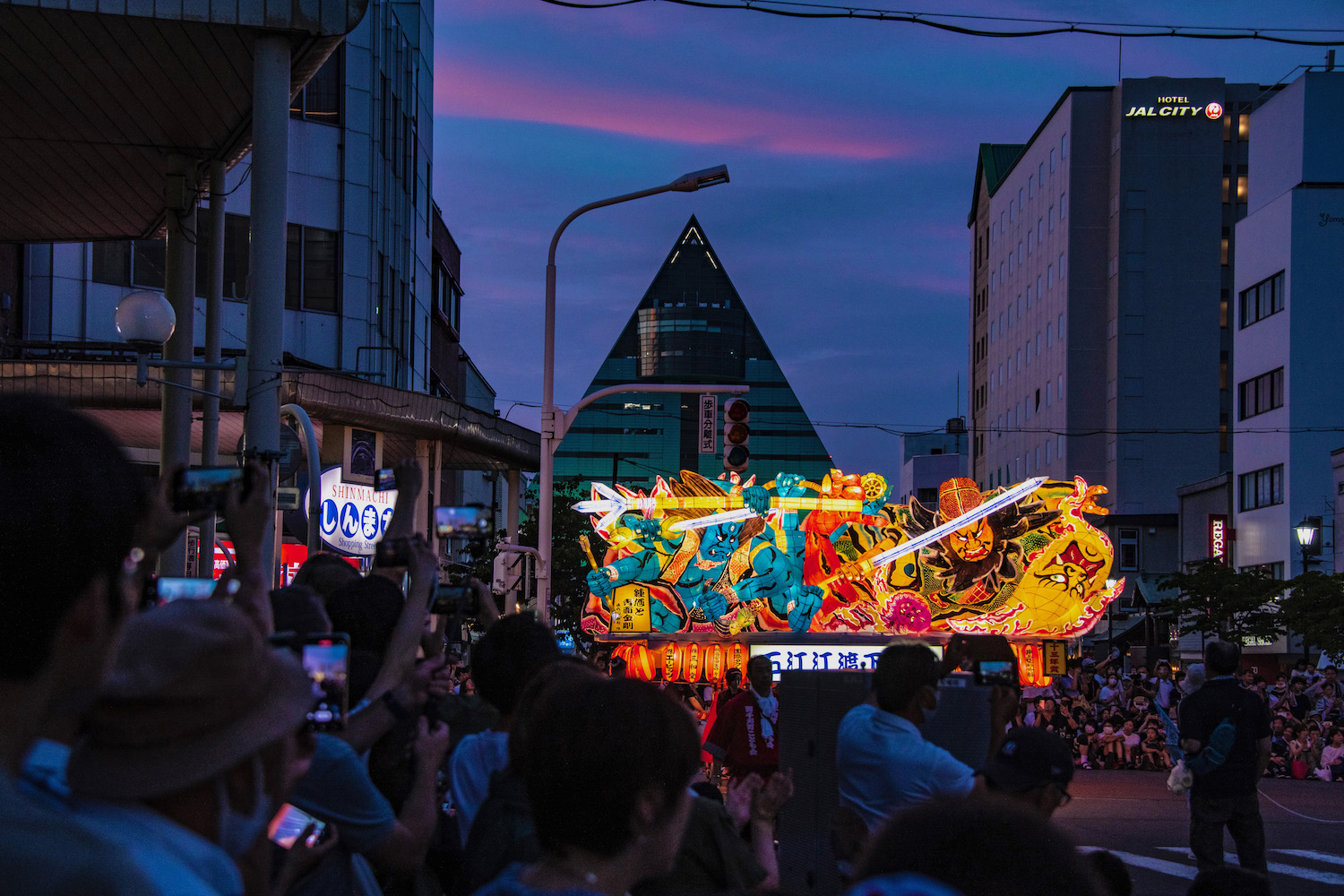
If you’re on the hunt for Tohoku cherry blossoms, there’s no place better to go than Hirosaki Castle (which is also excellent in other seasons, including winter, as I recently learned). Located in Aomori prefecture about an hour south of Aomori city (which is also very worth visiting, especially if you like Japanese festival floats or fresh apples), Hirosaki Castle is world-famous for the so-called “petal moat” phenomenon, which occurs about a week past the peak of the sakura. In most years, this occurs during the last days of April or the first days of May. If you have extra time, I’d also recommend touring sake-breweries in Hachinohe along the Sanriku Coast, or visiting scenic attractions such as Lake Towada and Oirase Stream.
Akita
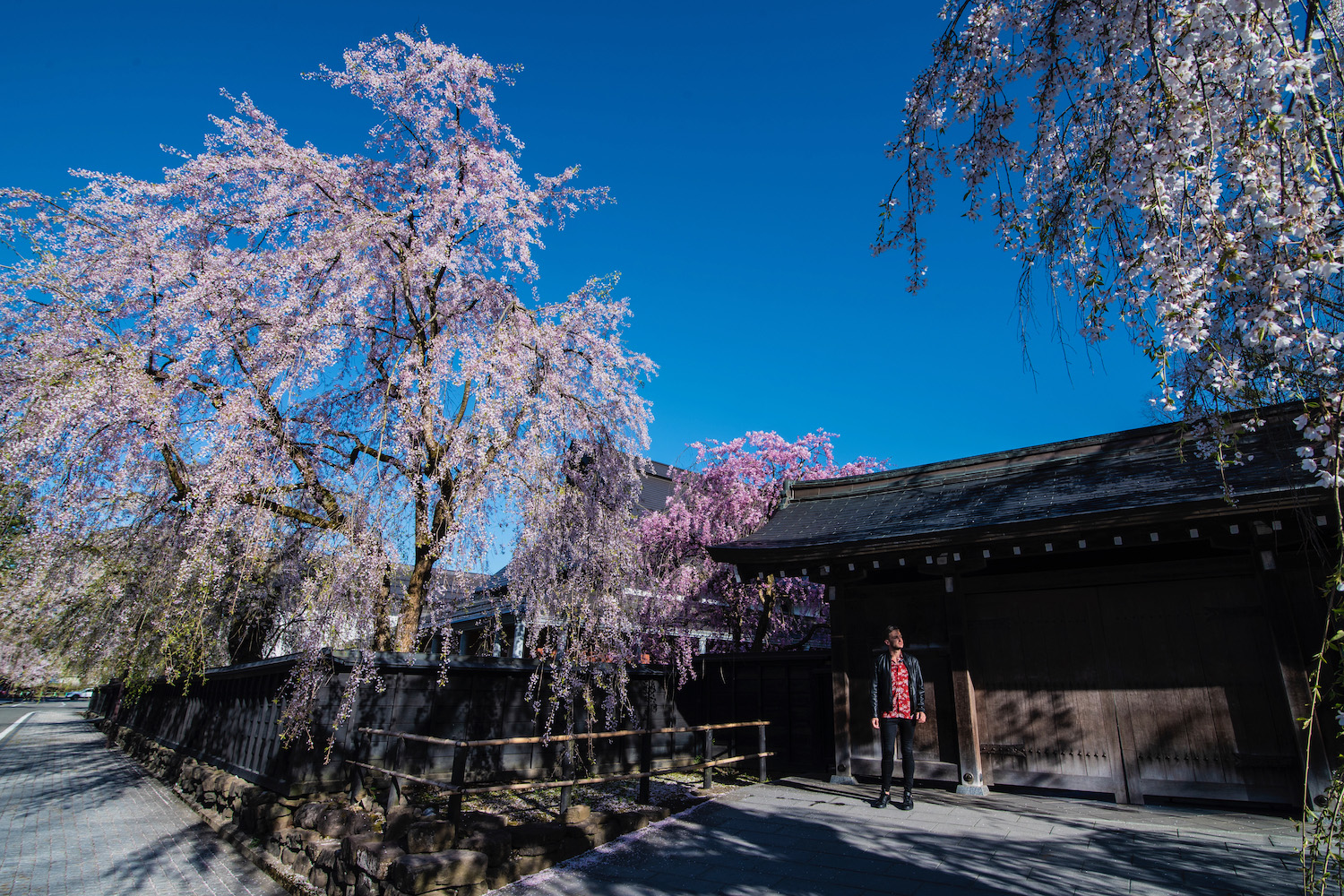
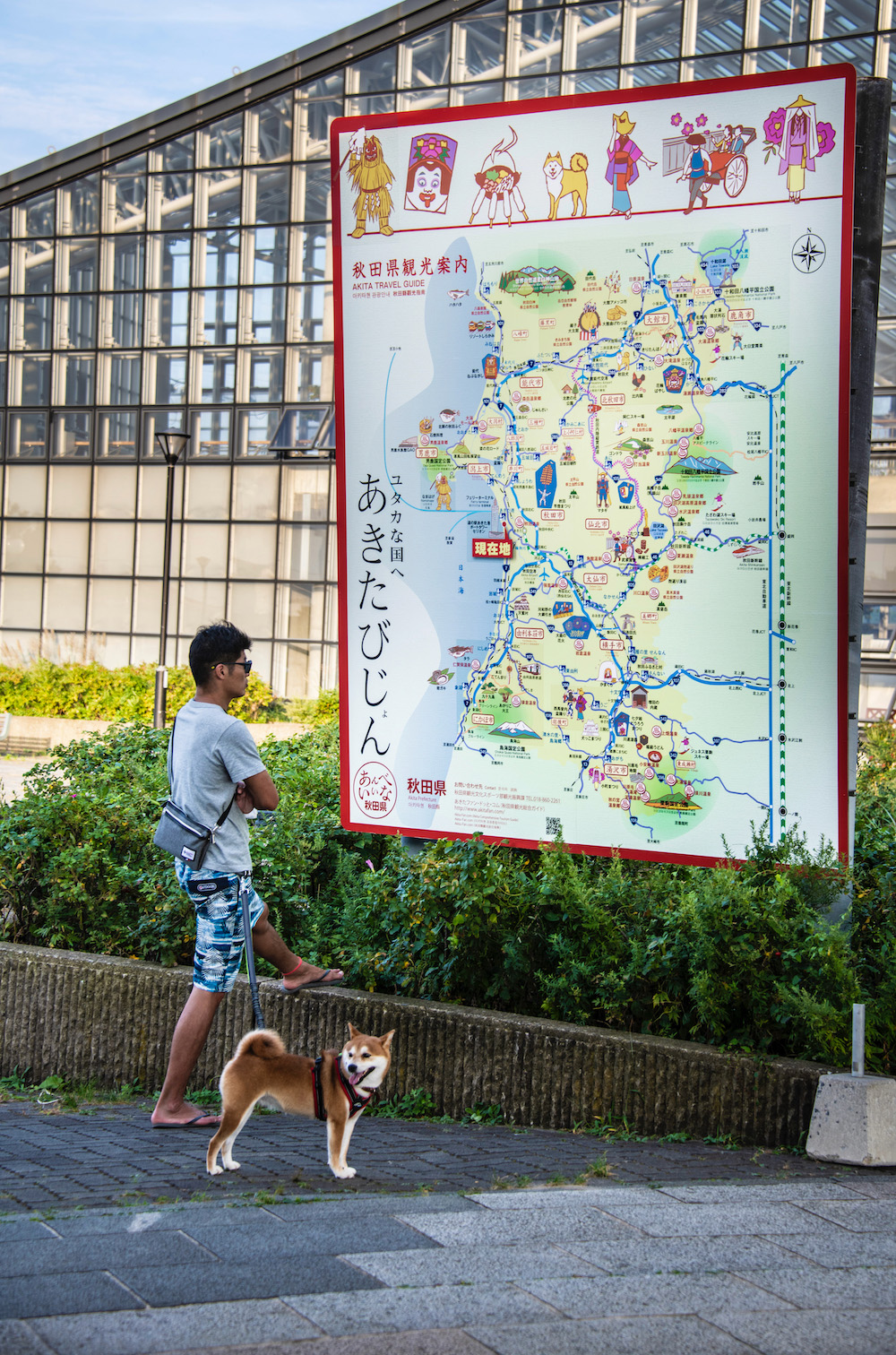
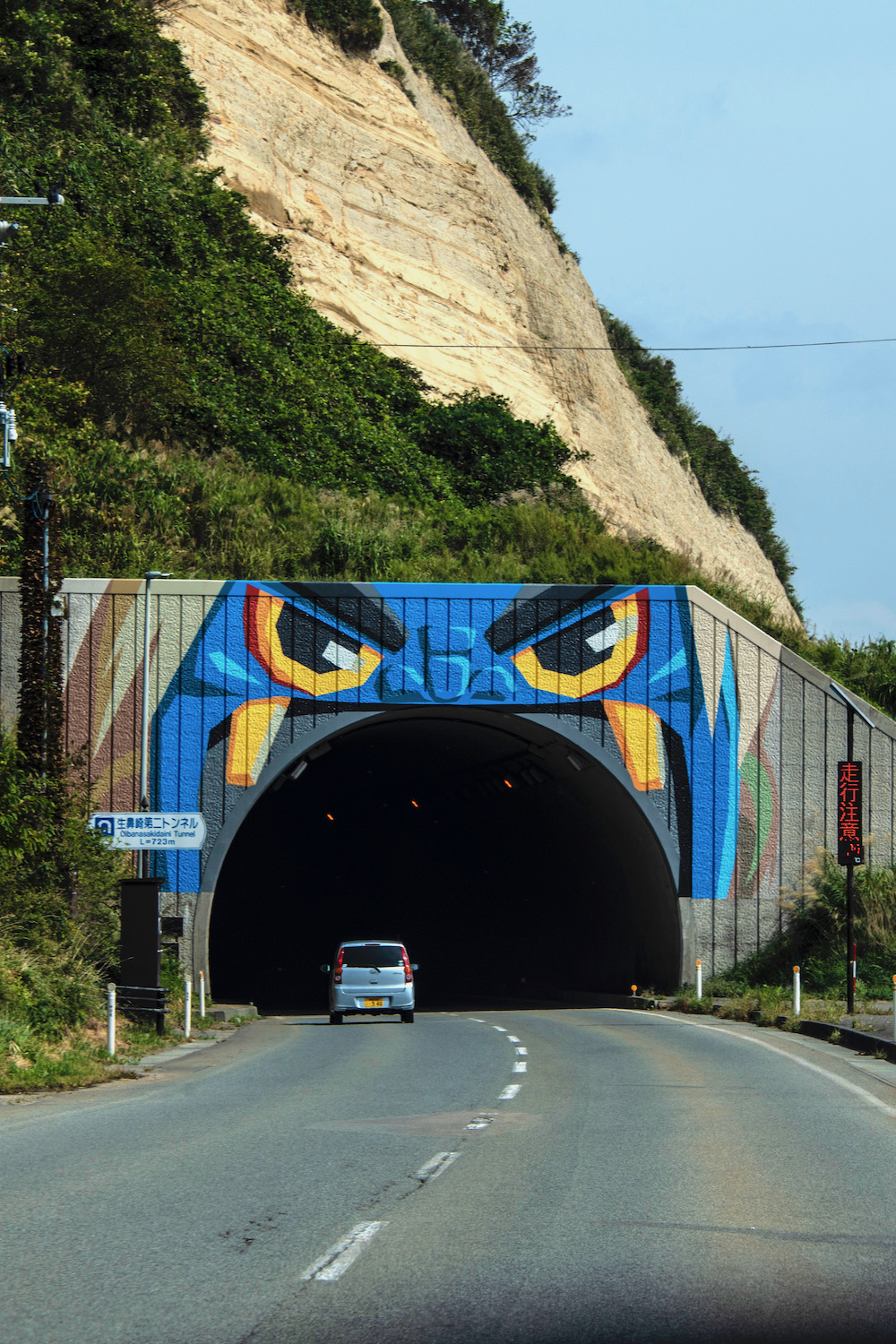
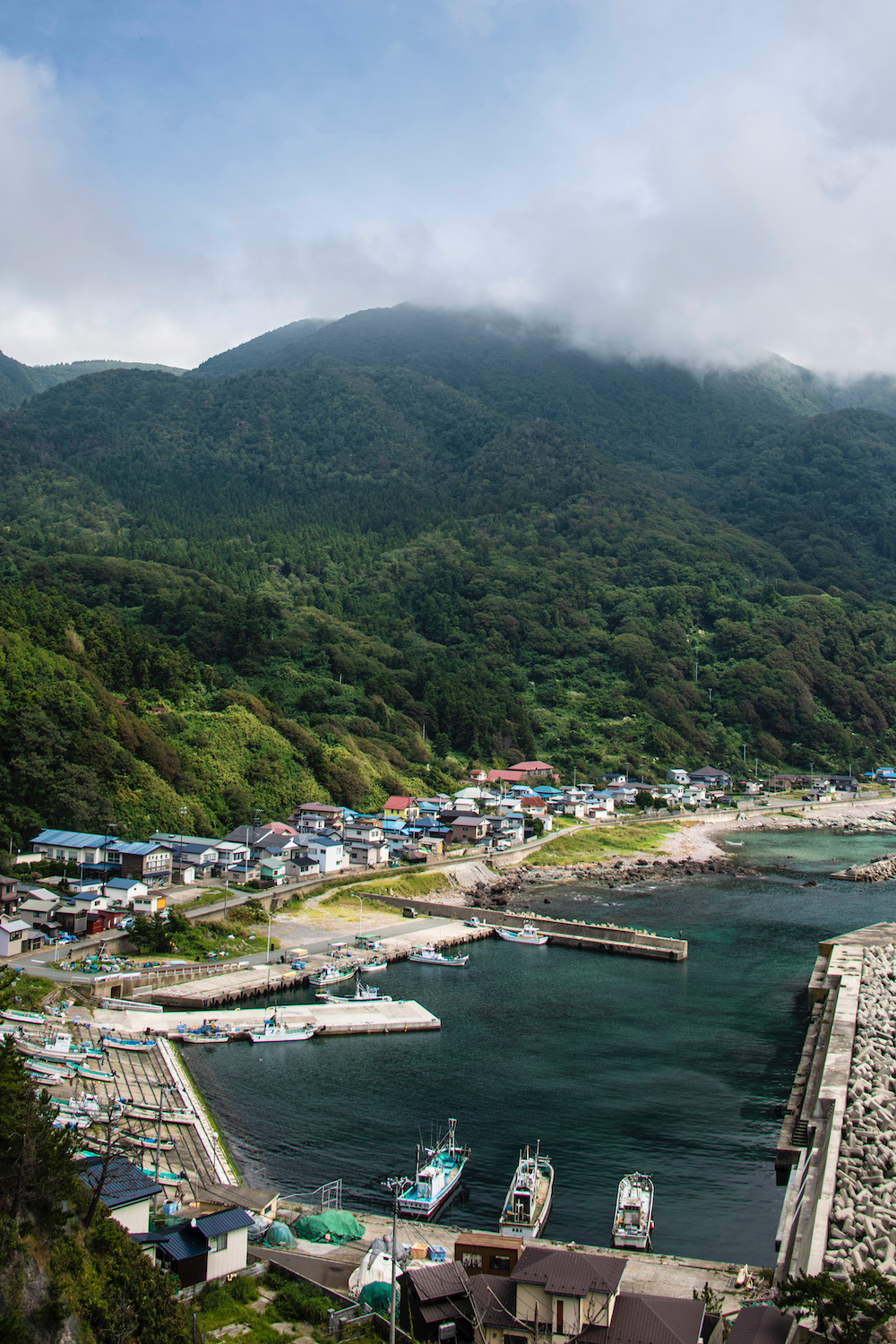
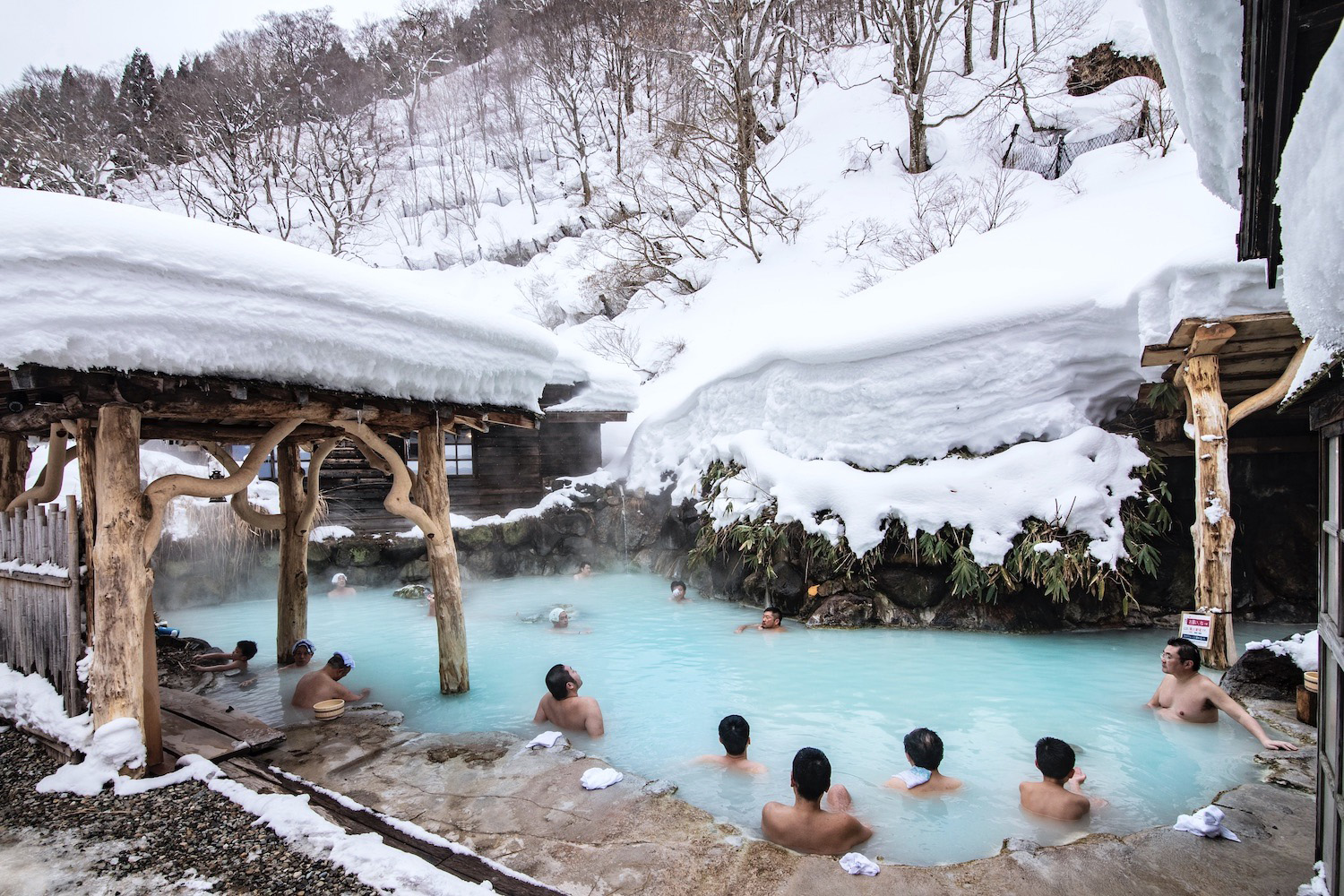
Another place with attractions high on my list of things to do in Tohoku is Kakunodate. Conveniently located along the Akita Shinkansen line, this charming town is full of former Samurai houses and temples, and is especially beautiful during cherry blossom season. Of course, it’s only the beginning of Akita prefecture, which also includes the monster-infested Oga Peninsula, some of Japan’s best ski fields and of course, Akita City.
Iwate
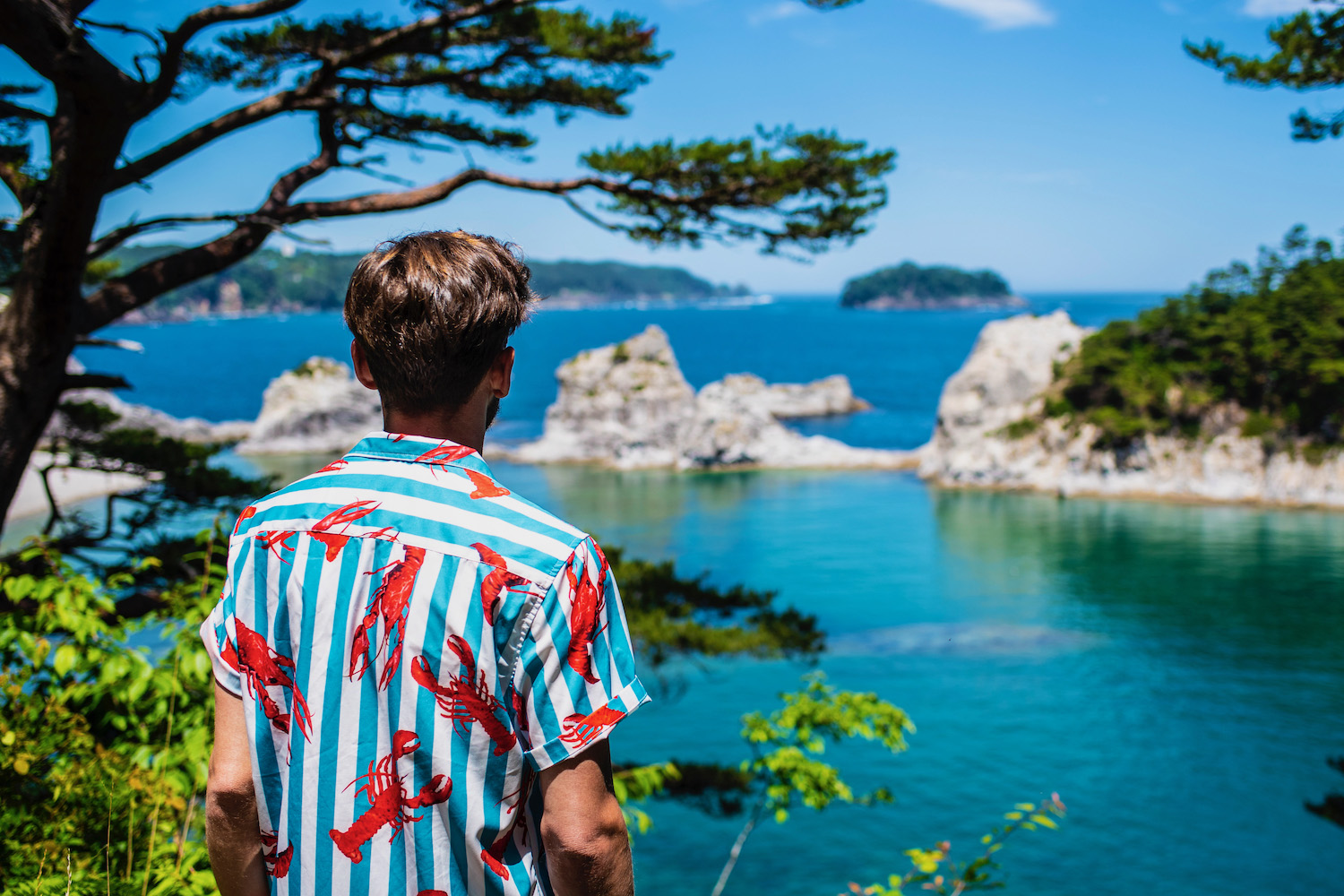
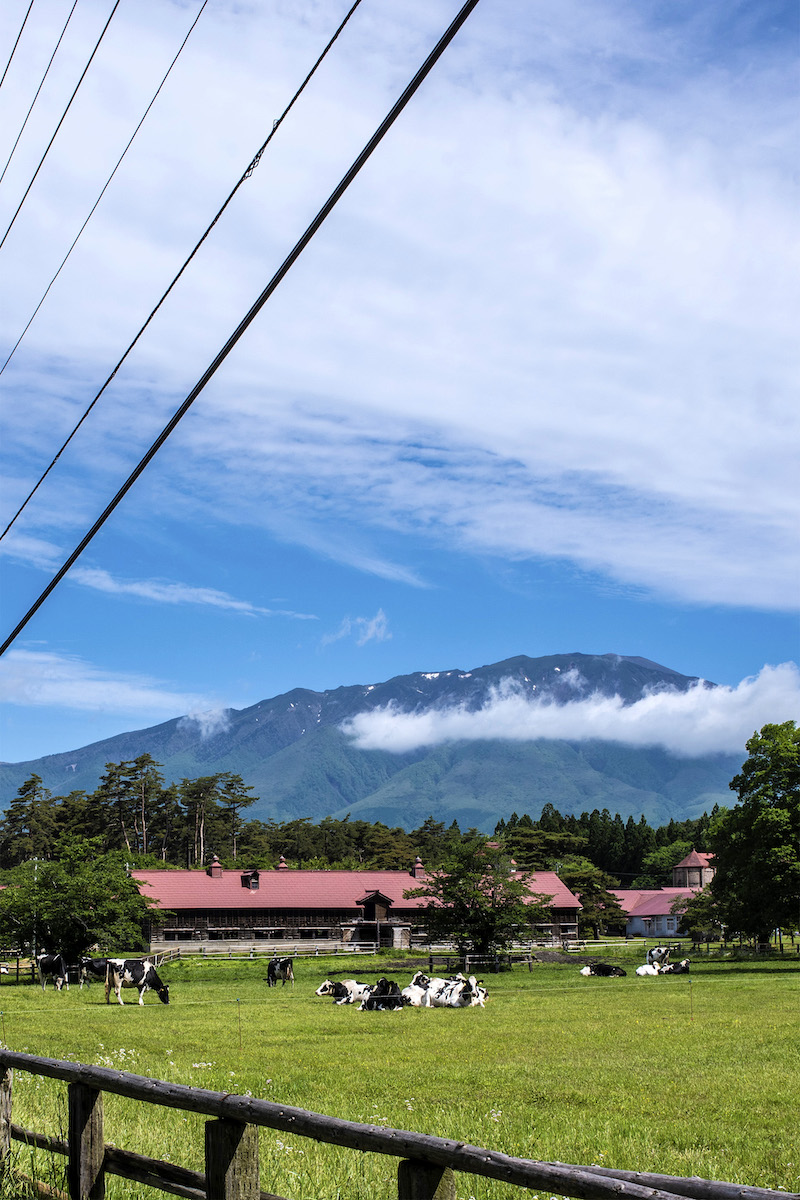
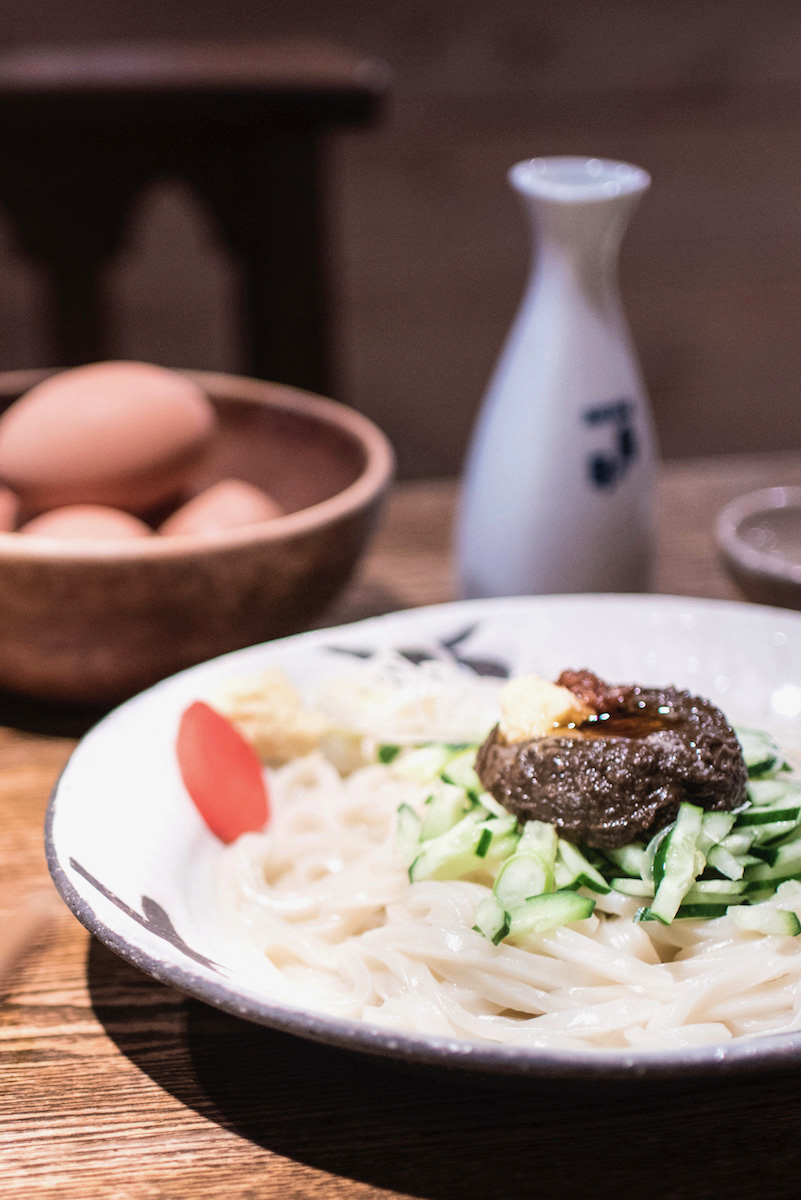
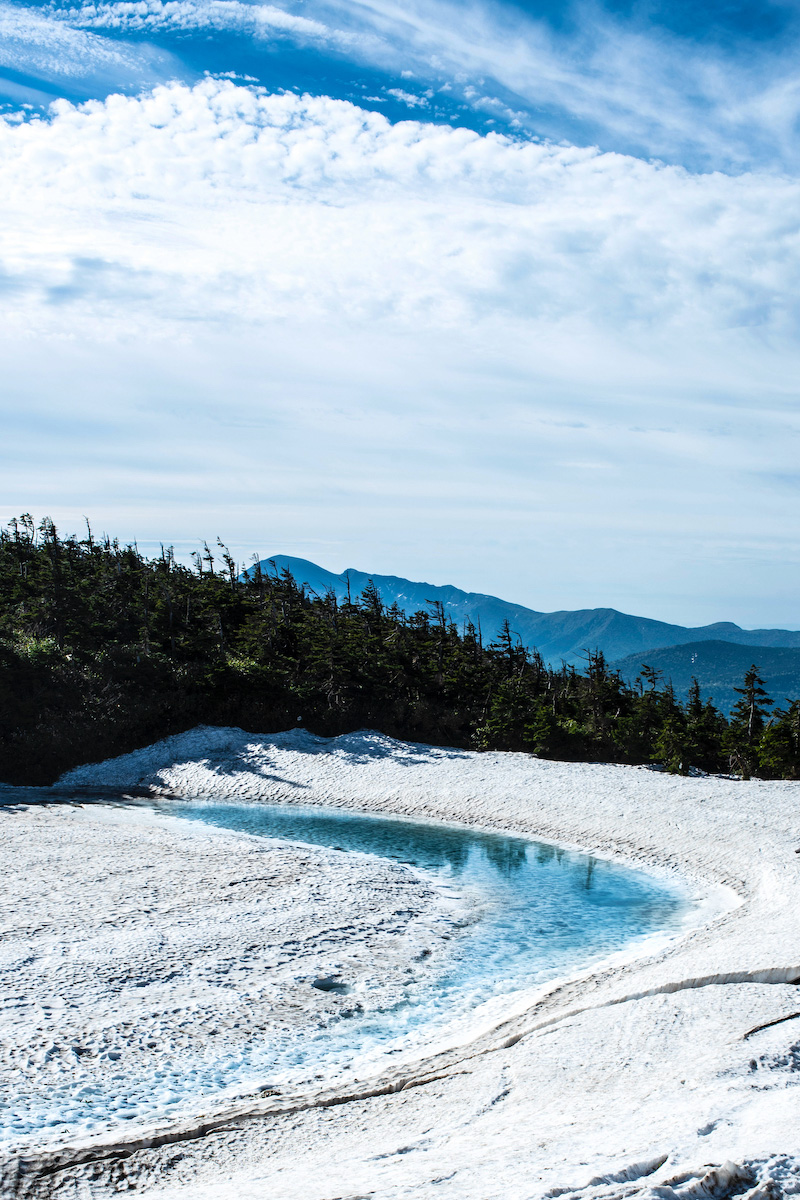
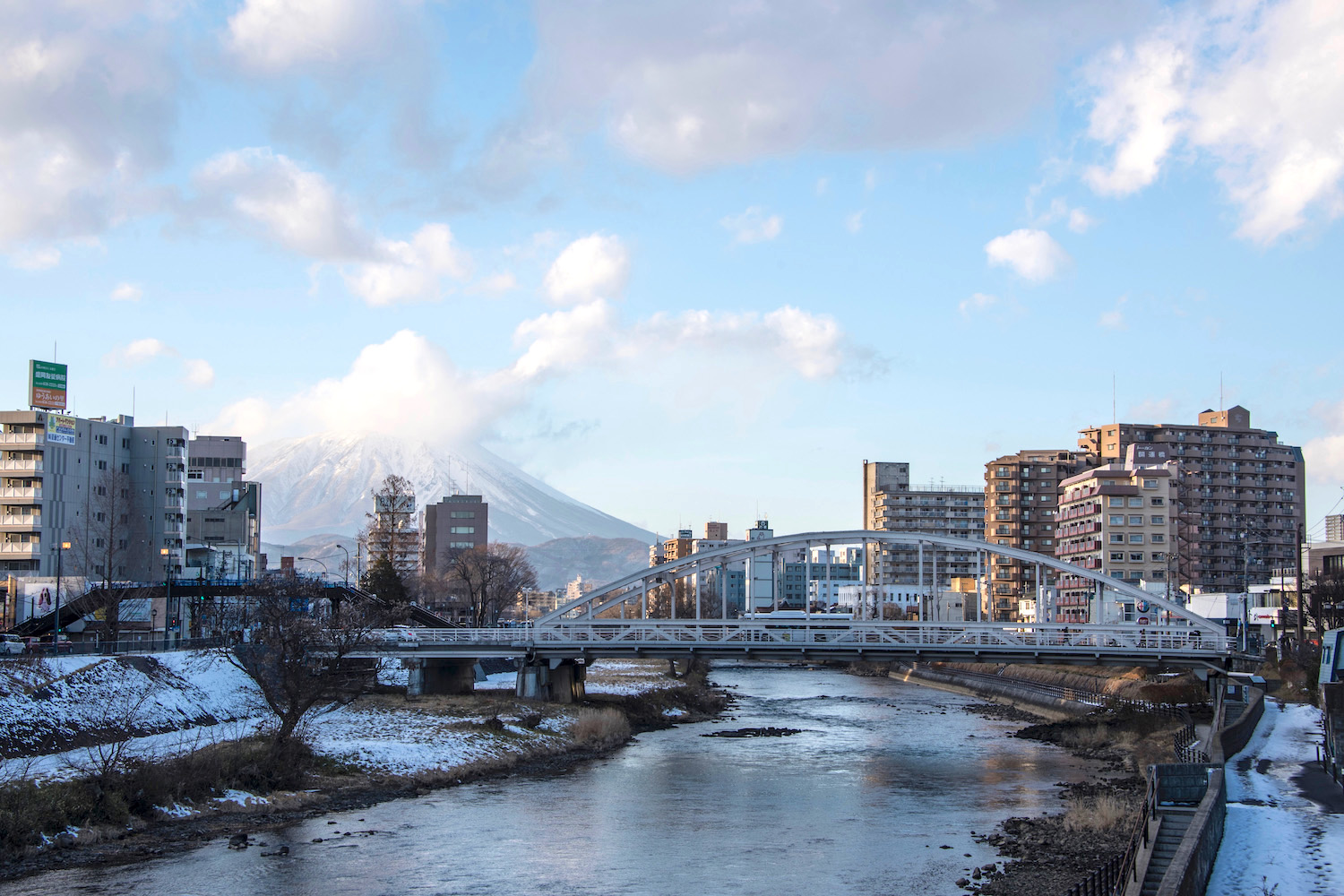
Next up on the list of Tohoku travel destinations is Iwate, whose capital Morioka is a charming riverside city whose humble skyline rises beneath the prefecture’s namesake Mt. Iwate. Once you finish eating famous Jajamen noodles in Morioka city, you can continue off the beaten path of Iwate, whether that entails hiking along the scenic Oirase Stream, marveling at the Dragon Eye of Hachimantai, taking a dip at Jodogahama Beach in Miyako or enjoying a boat tour at Lake Towada, one of the largest and deepest volcanic lakes on Earth.
Yamagata
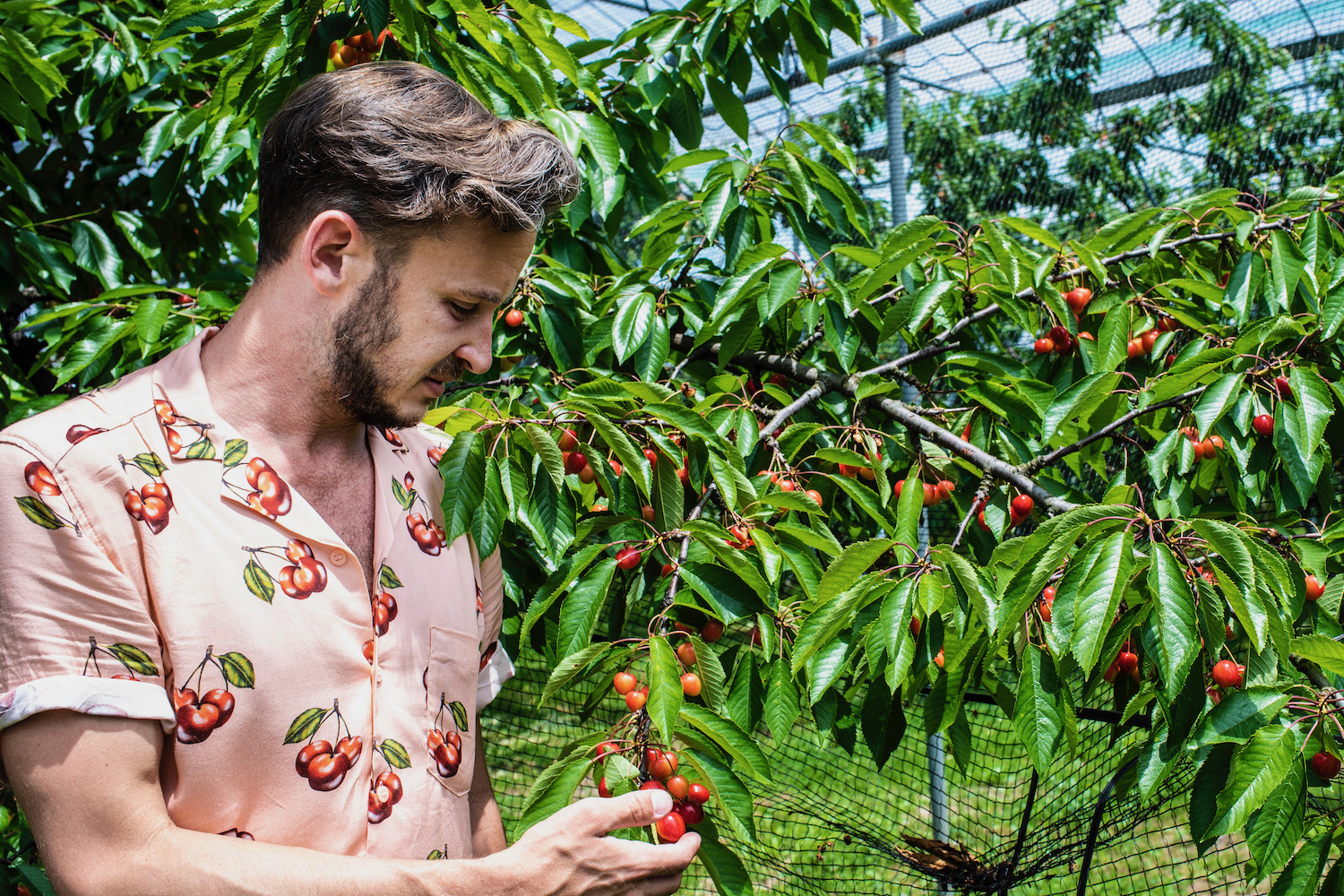

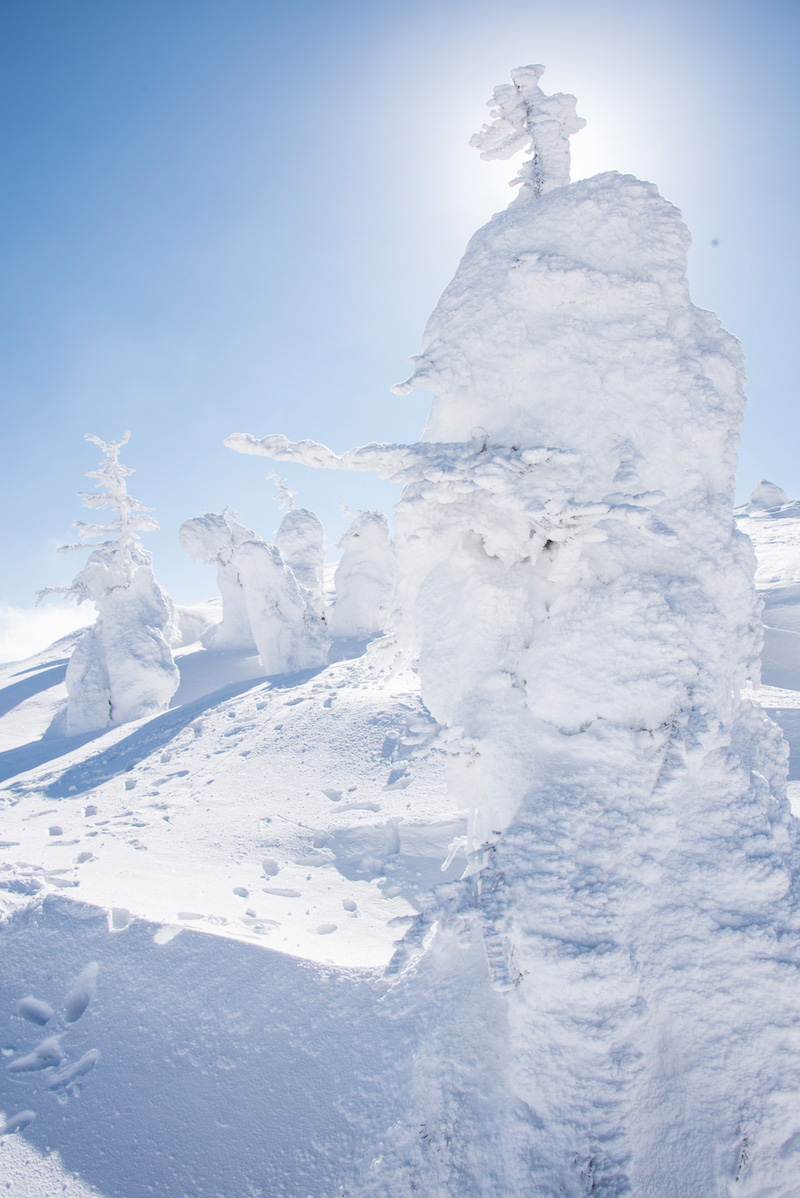
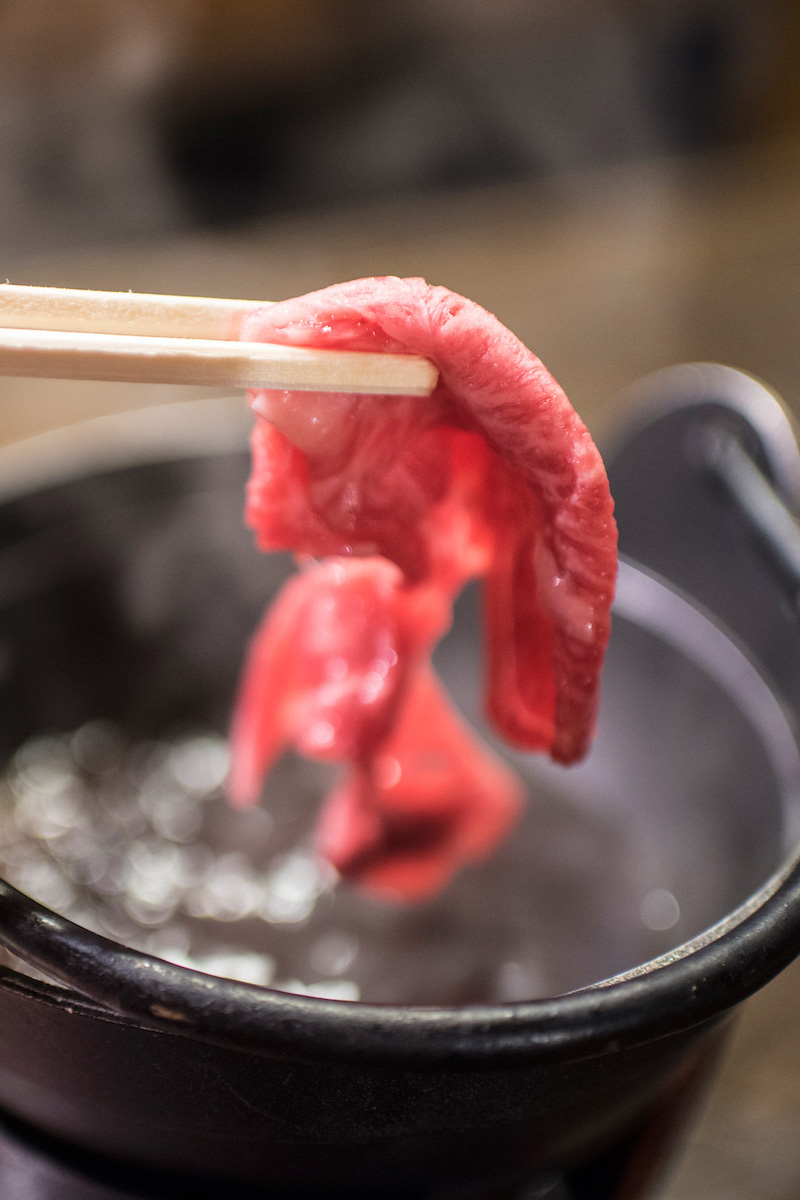
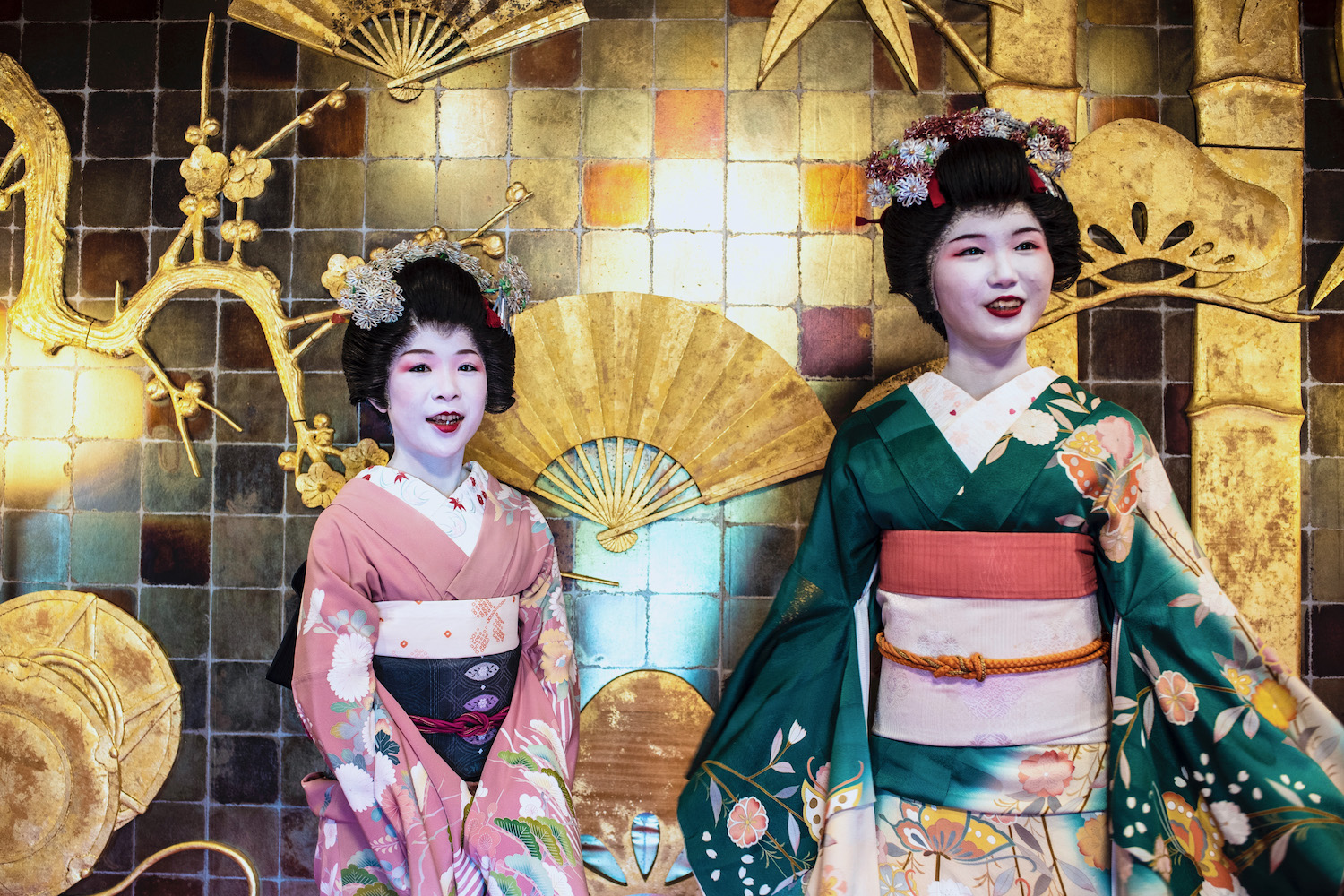
As I mentioned in the intro to this post with regard to the timing of your Tohoku itinerary, winter is a popular time—even if you don’t ski. Which is not to say that the snow monsters Mount Zao are the only thing to do in Yamagata prefecture. Cherry blossoms abound in Yamagata City in spring, while actual cherries grow in the town of Sagae starting from early June. Although Yamadera temple (along the Senzan Line back to Sendai) is at its most stunning during the autumn, it’s also delightful during the summer months. Furthermore, Yamagata is home to the coastal city of Sakata, a charming center of sake breweries, Geisha tea houses and so few tourists you’ll feel like it belongs to you!
Fukushima
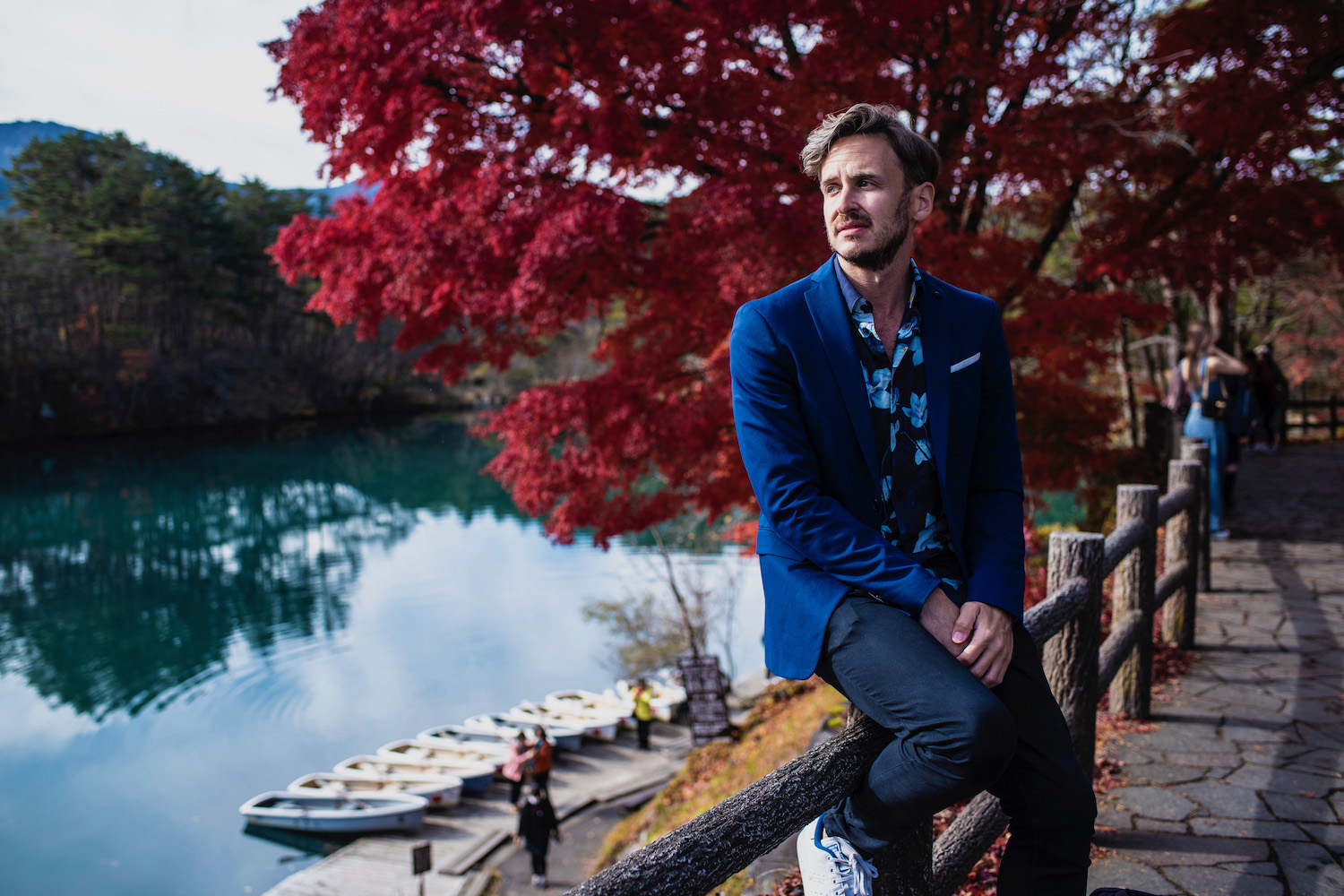
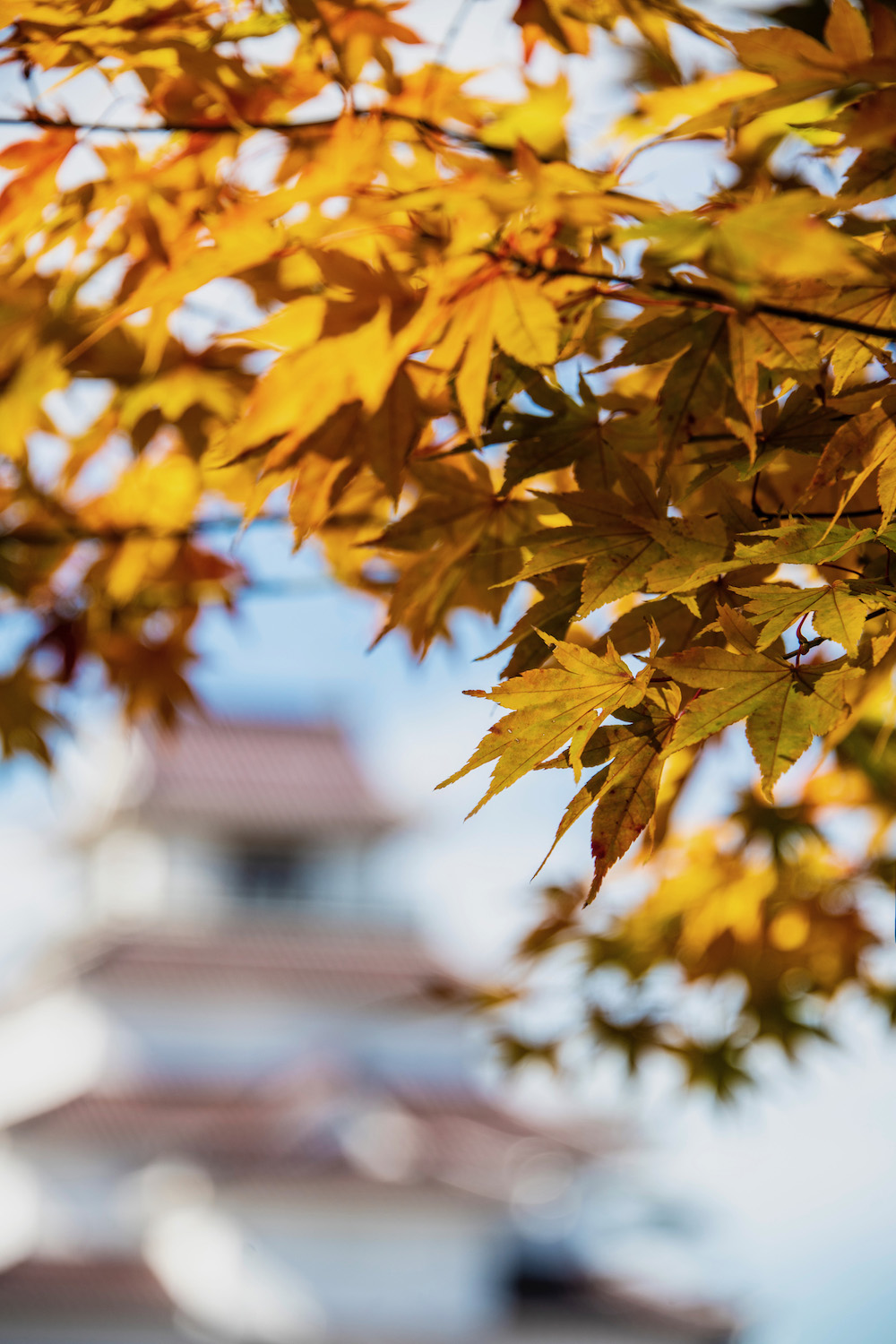
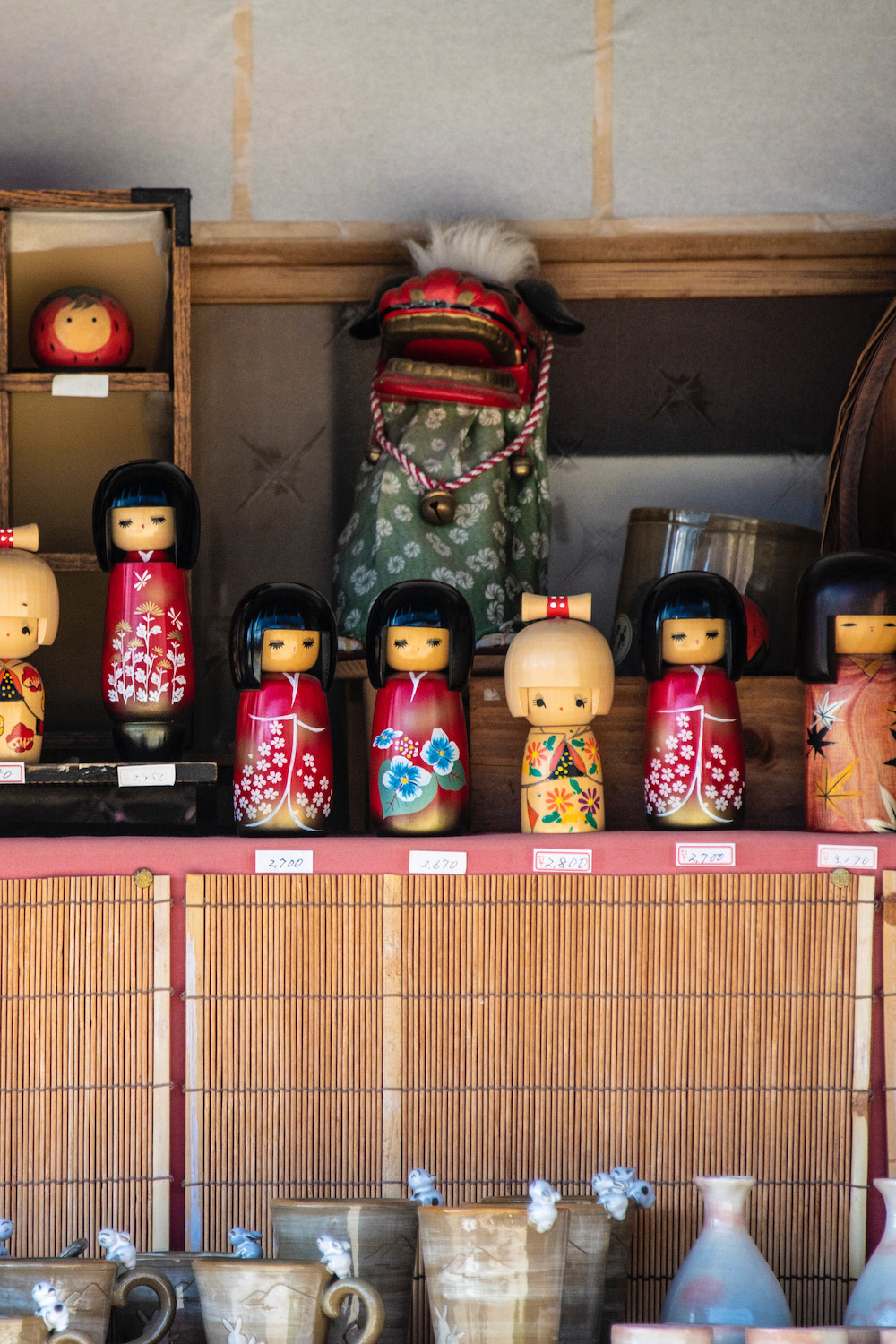
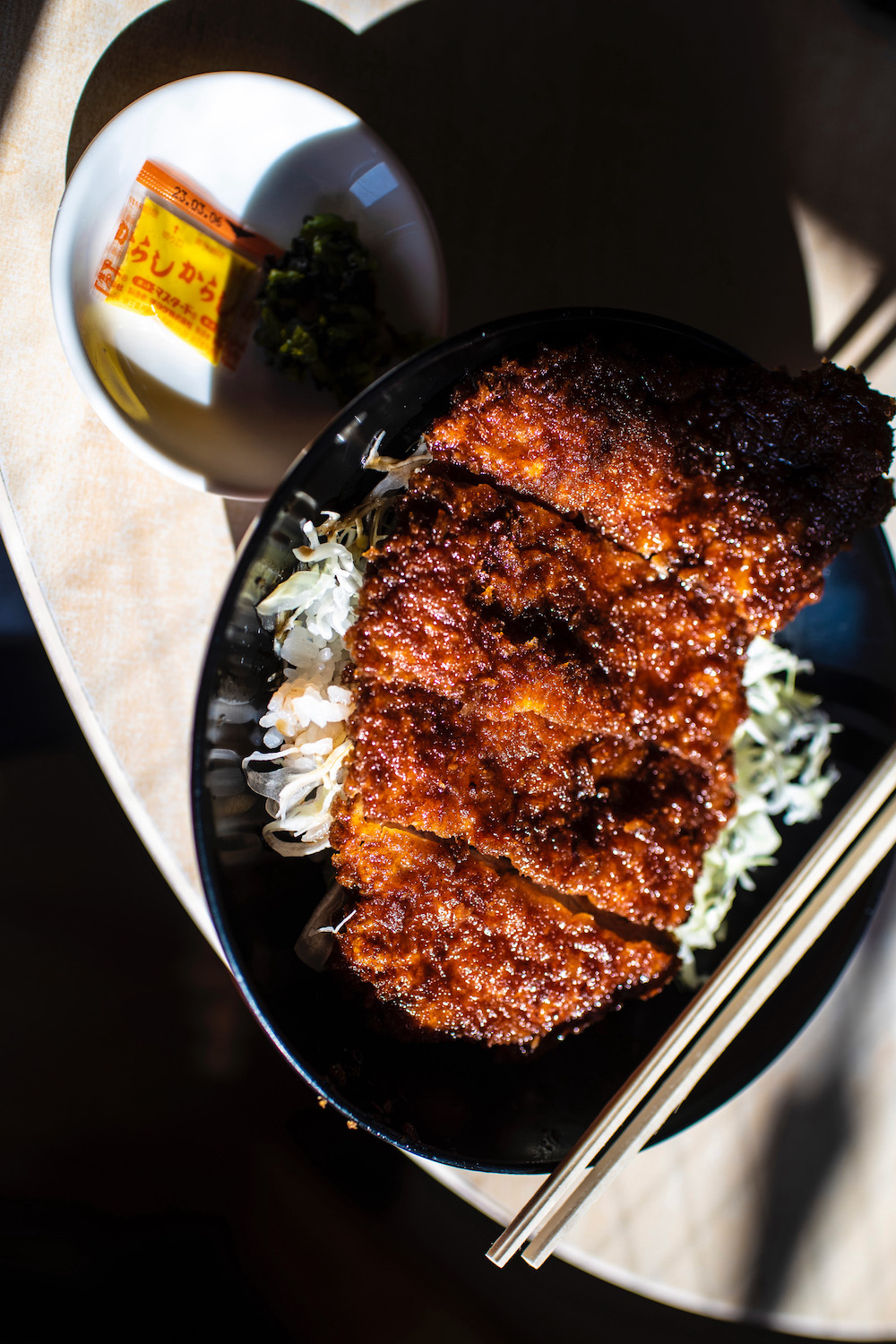
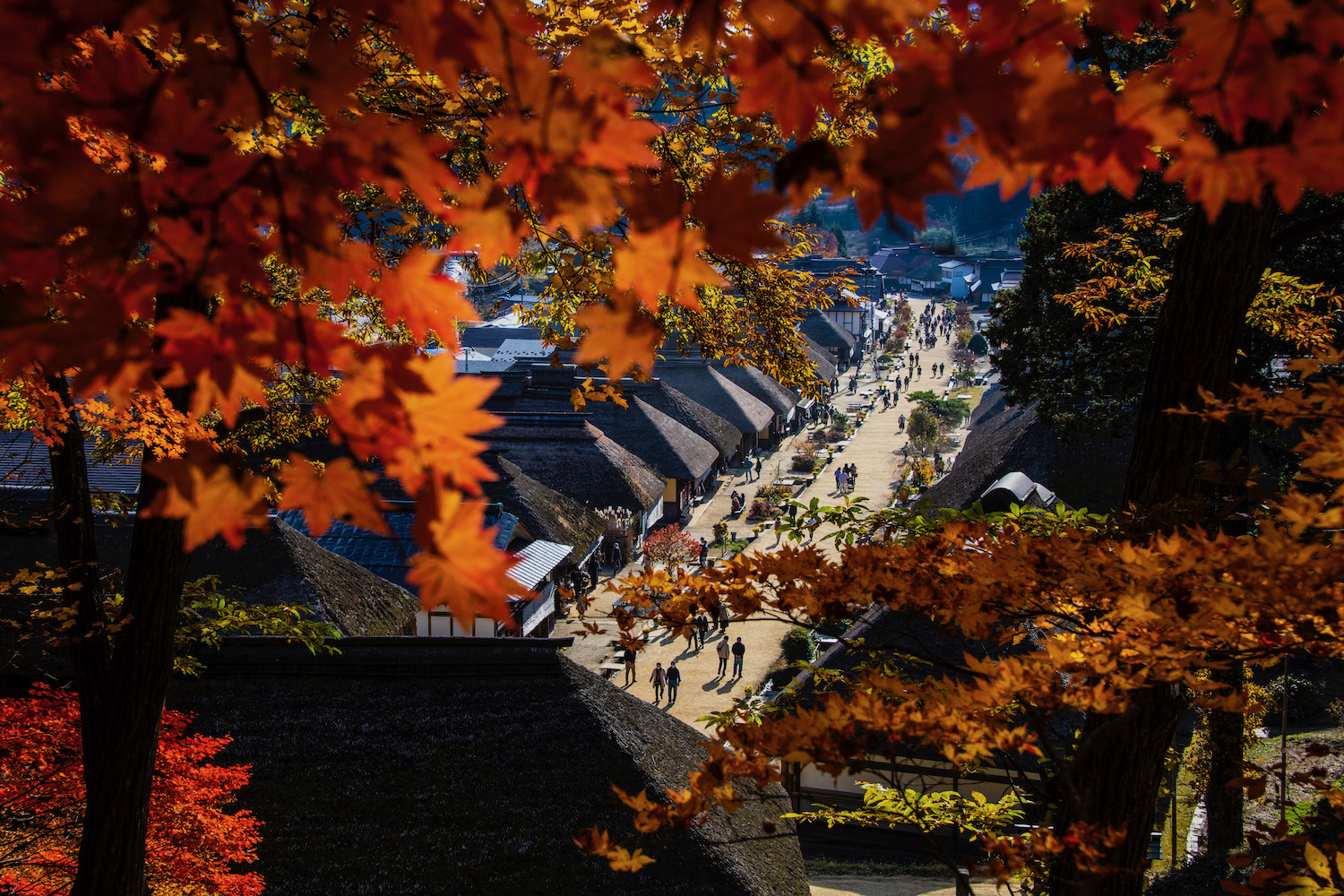
Fukushima is perhaps Japan’s most misunderstood prefecture, for reasons that should be obvious to you if you were alive and sentient in 2011. However, in addition to the fact that Fukushima-ken is definitely not still radioactive, it happens to be a treasure trove for travelers. I recommend basing yourself in Aizu-wakamatsu, a castle town where you can dine on sauce katsu before venturing to more distant destinations, be they the Ouchi-juku old street, the Goshikinuma five-colored ponds or Tadami Bridge.
The Best Time to Visit Tohoku
You’ve probably noticed that my Tohoku travel guide focuses much more on spring and winter than other seasons. However, I also love visiting Tohoku in autumn and summer, and I’ll now reference specific destinations that make me feel that way. My favorite autumn color spots in Tohoku, for example, include Mount Hakkoda in Aomori prefecture and Naruko-kyo Gorge in the wilds of Miyagi prefecture.
You say you’re planning a Tohoku itinerary for the summer? Many of my favorite summer destinations in Tohoku is actually located a stone’s throw from my favorite winter ones. Indeed, Tohoku hosts as many summer hikes as it does opportunities for winter skiing, my favorites of which include Mount Iwaki in Aomori prefecture and Mount Iide, which actually straddles three prefectures.
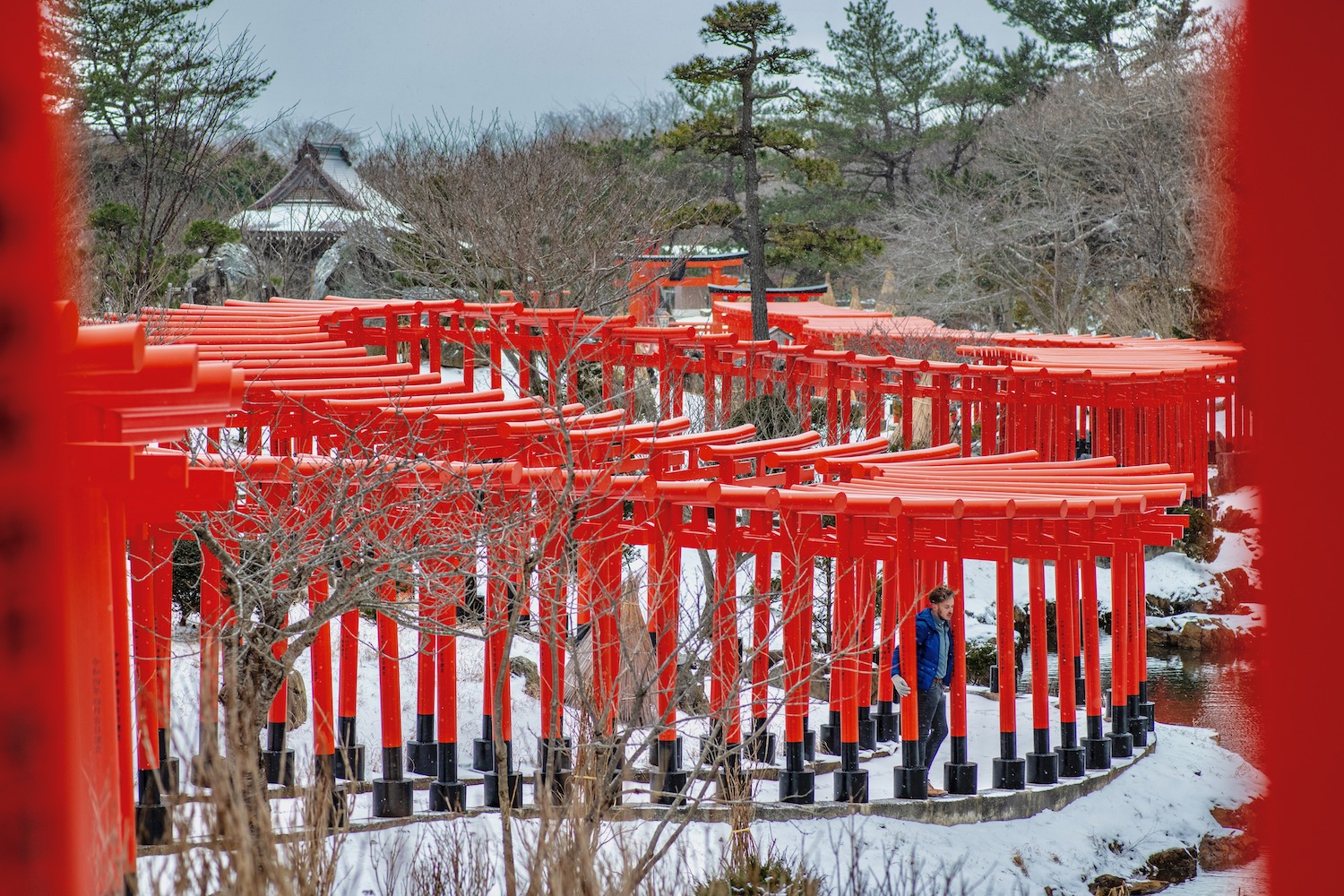
Other FAQ About Tohoku Travel
What is Tohoku known for?
In popular culture, Tohoku is unfortunately known primarily for the 2011 Great East Japan Earthquake, and the Fukushima Daiichi Nuclear Disaster. For travelers, however, Tohoku is known as a wonderland of snow monsters (Mt. Zao), onsen (Tsuru No Yu) and ski slopes (in Akita, Niigata and elsewhere), as well as underrated cities like Sendai, Morioka and Aomori.
Is Tohoku safe?
Tohoku is one of the safest places in Japan, which is one of the least dangerous countries in the world even in its most “dangerous” reaches. While there’s always the risk of an earthquake anywhere in Japan, the chances of a strong or certainly catastrophic one befalling you are minimal. Likewise, unless you plan to hang out in the small nuclear exclusion zone, there is no risk of radiation from Fukushima.
How far is Sendai from Tokyo?
Sendai is about 90 minutes from Tokyo by Shinkansen. ANA offers a couple of daily NRT-SDJ flights, which take less than an hour, but these are impractical given how long it takes to get from central Tokyo to Narita Airport—it’s faster just to take the train!
The Bottom Line
If you weren’t excited to plan your Tohoku travel itinerary before you arrived here, chances are that you are now. Rather than telling you precisely where to go or what to do, my goal with this page has been to inspire you, and to stoke your curiosity for digging deeper into this underrated, rich region. This is not to say you can’t assemble a complete trip using the information I’ve shared—you absolutely can. On the other hand, if you would rather truth someone else (namely me) to sweat the details, commission a custom Japan itinerary today.






